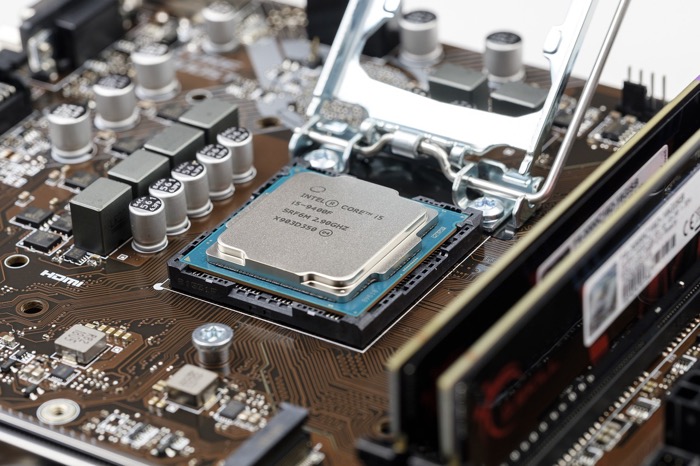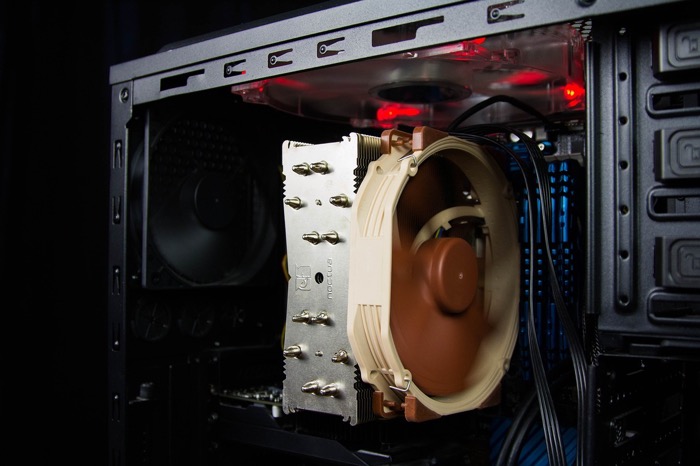Choosing the correct motherboard for your gaming rig is one of the most critical steps when building a powerful computer.
A motherboard’s primary function is to connect all components of your system, from the processor to peripheral connections and beyond. For gamers, the motherboard has a significant role in the performance of a build through the type of CPU and peripheral connections available.
Here we’ll cover what you should look for when going through a List of motherboards for the Ryzen 9 7900x. You should be able to find a motherboard that fits your specific gaming needs.
Understanding Motherboard Form Factors
A motherboard form factor defines the size, shape, and number of connections available. The form factor will also determine the type of CPU socket and memory slots available.
ATX: Advanced Technology Extended (ATX) motherboards are the mainstream size for full-sized towers and have a rectangular shape with six or seven PCI Express slots and upward of four memory slots.

Micro-ATX: Micro ATX motherboards have a slightly smaller rectangular shape than ATX motherboards but still provide a similar variety of connections, such as four memory slots and up to four PCI Express slots.
Mini-ITX: Mini ITX motherboards are designed for small form factor cases and typically provide two memory slots and two PCI Express slots.
Choosing a CPU Socket
The CPU socket type is specifically designed to fit only certain types of CPUs. Therefore, when choosing the best motherboard for gaming, it’s important to make sure the socket type is compatible with the CPU you intend to use. Here are some of the most popular socket types for gaming:
Intel: LGA 1150, LGA 1151, LGA 1200
AMD: AM4, FM2+, sTR4
Understanding DIMM and RAM
Random Access Memory (RAM) is a critical component of any gaming build. Most motherboards have four or more Dual Inline Memory Module Slots (DIMMs) dedicated to RAM. Make sure the motherboard you choose matches the type of RAM you’re using.
- DDR3 RAM: Most motherboards with LGA 1150 and 1151 sockets support DDR3 RAM.
- DDR4 RAM: Most motherboards use the DDR4 standard. This is the current type of RAM that is most widely used.
Understanding Expansion Slots
Expansion slots are the interface used to connect additional components to the organization’s system.
The expansion slot of a motherboard will determine what type of video card, network card, sound card, etc. can be connected. The type of expansion slot you need will depend on the type of parts you need to install.
- PCI Express x16: This is the most common type of expansion slot and the one used for graphics cards. Most motherboards have one or two of these.
- PCI Express x1: Used for connecting additional components such as Wi-Fi cards, sound cards, modems, etc., these slots are much smaller and less powerful than an x16 slot.
Understanding Overclocking

Overclocking is manipulating a system’s components to speed up a processor beyond the rated speed listed by its manufacturer. Many gamers overclock their CPUs to enhance gaming performance.
Overclocking may involve increasing the speed of the memory and processor core voltage and adjusting the system’s cooling system to ensure stability.
Different motherboards have different overclocking capabilities.
For example, motherboards with more robust power delivery systems can handle increased voltages, while those with fewer power delivery system components may not be able to handle more voltage and heat. Motherboards with more advanced BIOS usually allow for more flexibility when overclocking.

